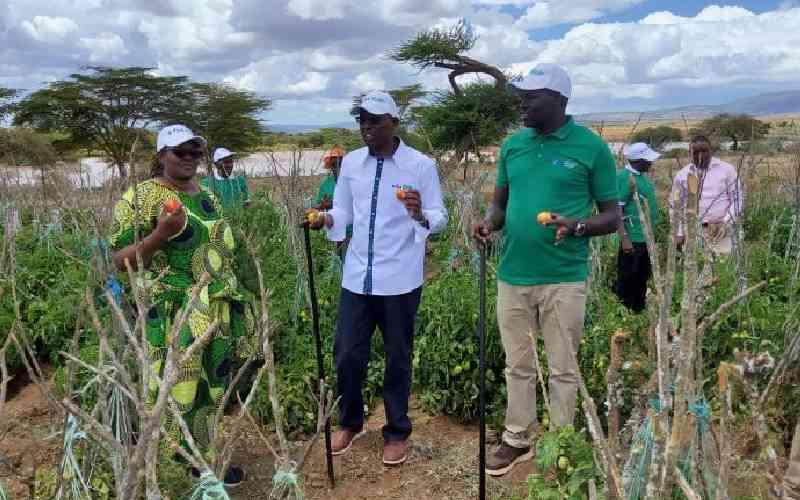×
The Standard e-Paper
Home To Bold Columnists

For decades, the restive parts of Kerio Valley have borne the brunt of deadly bandit attacks which have destabilised the region ultimately slowing down economic activities.
A report titled "Mending the Rift," by the Kenya National Commission on Human Rights (KNCHR), shows that systemic failure by successive governments to address the rampant marginalization retarded socio-economic development in parts of the volatile but scenic and productive area.